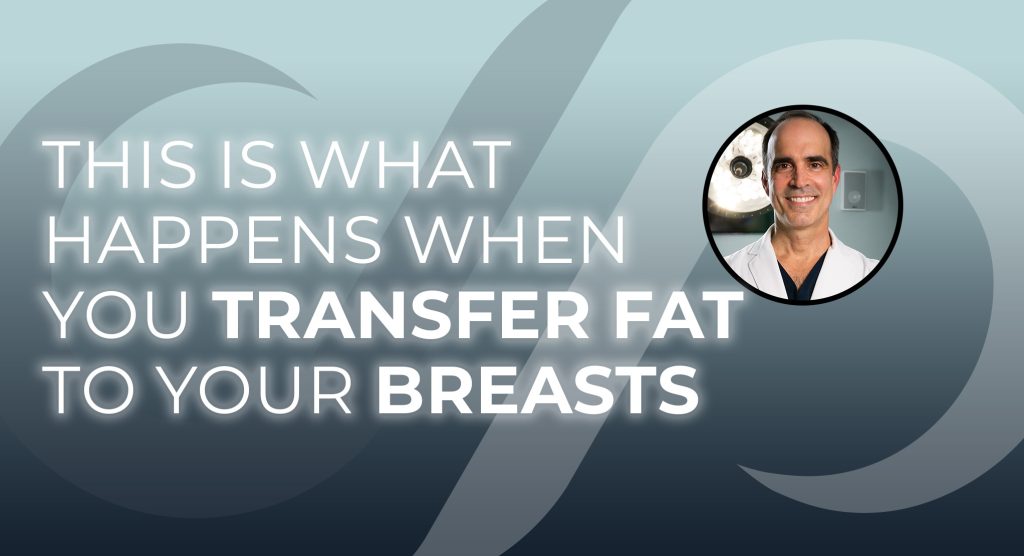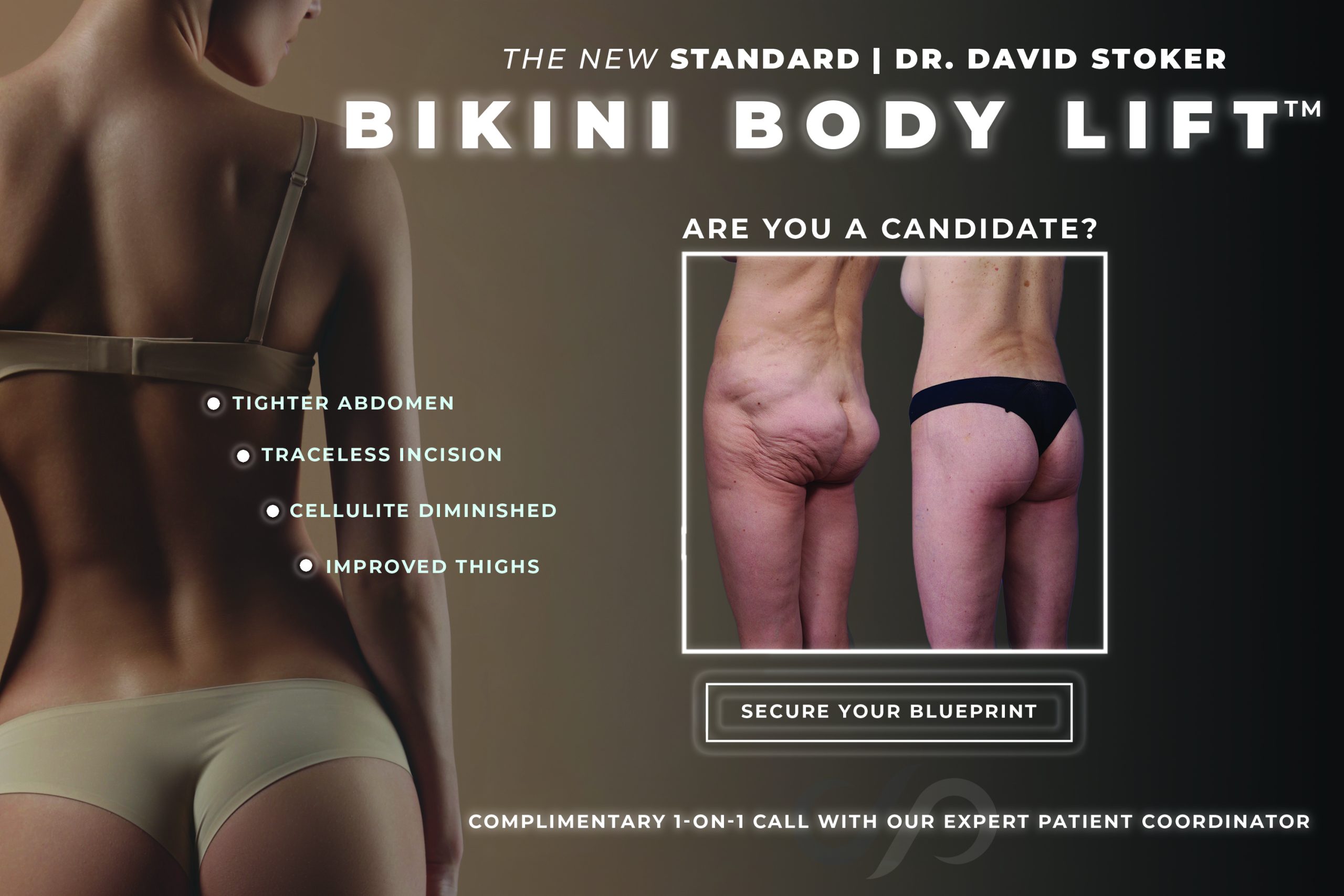This a question we frequently receive in my practice. What happens when you transfer fat to the breasts? I want to walk you through the process. We take fat through liposuction on one part of the body, purify it, and then inject it into the breast tissue where there’s both breast tissue and fat. If you use good techniques, a lot of that fat can survive. We found that over 250 cc’s of fat grafting studies show a decreased survival of the fat. Things like cysts can occur at increased rates are just absorption of the fat grafts. Fat grafts are good for small augmentations of the breasts or filling in contour irregularity, such as for somebody who maybe had a breast biopsy with a dent on their breast or some reconstructive issue. They’re not a substitute for breast implants in many cases, but they are a useful tool. I hope that answers your questions about what happens when you transfer fat to the breast. If you’d like more information on that topic, check out my website drstoker.com.
As I noted earlier, some of the earliest fat grafting uses were for reconstructive breast procedures. In the last decade or so, however, surgeons have offered fat transfer breast augmentation for women who want only a modest increase in the size of their breasts. The technique can typically only increase breast size by about 1 or 2 bra cup sizes at most. Hybrid breast augmentation combines fat transfer with breast implants to produce a greater size increase with a more natural look and feel of fat.
Harvesting: Liposuction removes excess fat from areas such as the abdomen, thighs, or buttocks. I use power-assisted liposuction (PAL) because it’s gentler than manual liposuction, which requires a surgeon to vigorously move the cannula (a thin tube) to break up the fatty tissue. Successful fat transfer procedures require as many fat cells as possible to remain viable during the grafting process. That’s why liposuction that uses thermal energy, such as radiofrequency or laser-assisted liposuction, isn’t appropriate for these procedures because they liquefy the cells.
Processing: When fatty tissue is removed using liposuction, it is mixed with blood and other impurities that need to be separated (much like oil from water). To do this, surgeons spin the tissue in a sterile centrifuge. The prepared fat is then placed in small, special syringes.
Injecting: Surgeons meticulously inject the prepared fat using a small cannula or needle, making multiple injections for areas such as the buttocks or breasts. When I perform fat transfer procedures, I carefully thread a line of fatty tissue in the natural tissue planes and repeat the process until there is a grid of grafted fat. It’s important that fat is layered in smooth contours so that the results look natural. Because not all the grafted fat survives the transfer process, surgeons initially inject more than is needed to create the desired outcomes.


Leave a Reply